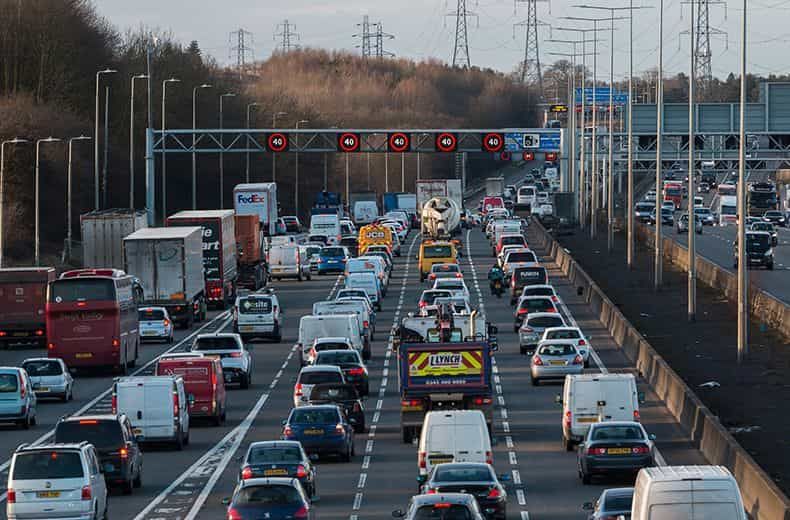An investigation of Highways England reports reveals that incidents had worsened within a year of upgrades for half of the sections of road analysed.
Highways England defines a serious collision as “one in which at least one person is seriously injured but no person (other than a confirmed suicide) is killed”.
On the M1 between junctions 39 and 42, there was previously an average of 1.3 serious crashes per year, but this increased to 5.0 in the 12 months after a smart motorway upgrade.
Similarly, junctions 10a and 13 on the M6 reported just one serious accident a year before the change, and six in the following year.
Transport Secretary Grant Shapps said he is: “greatly concerned” by the number of crashes.
However, analysis by New Civil Engineer magazine found that fatal accidents had also dropped on six of the eight smart motorways analysed, while there was even a drop in the number of slight collisions.

RAC sale – up to 33% off*
• Roadside cover from £5.29 a month†
• We get to most breakdowns in 60 mins or less
• Our patrols fix 4/5 breakdowns on the spot

All-lane running (ALR) smart motorways are created by removing the hard shoulder on roads to boost lane capacity. Overhead gantry signs warn of accidents in lanes ahead and emergency refuge areas are provided up to two and a half miles apart for vehicles to pull off the road.
Nicholas Lyes, head of roads policy at the RAC said: “It's very concerning these reports have identified an increase in serious collisions.
“The findings won't be a surprise to the majority of drivers who believe the removal of the hard shoulder compromises safety in the event of a breakdown.”
More than two-thirds (68%) of drivers in England questioned by the RAC said removing the hard shoulder would compromise safety for those who broke down in a live lane.
Highways England said these recently published reports are part of a “considerable amount of evidence” forming part of a wider smart motorway “stocktake” analysis, which was published in March.
- Smart motorways – what are they and how do you use them?
- Explained: how the RAC deals with smart motorway breakdowns
- Motorway cameras – what you need to know
A spokesperson for Highways England said: “While one accident is one too many on any motorway, the stocktake concluded that smart motorways in most ways are as safe as, or safer than, conventional motorways they replace.
“We are taking forward the measures set out in the stocktake and are determined to do all we can to make our roads as safe as possible.”
Do you feel safe driving on a smart motorway? Let us know your thoughts in the comments below.
Get 30 driving tips that will save you money
Running a car isn’t cheap, but there are some easy things you can do to keep your costs down. Get these tips and more useful driving articles sent straight to your inbox now.













